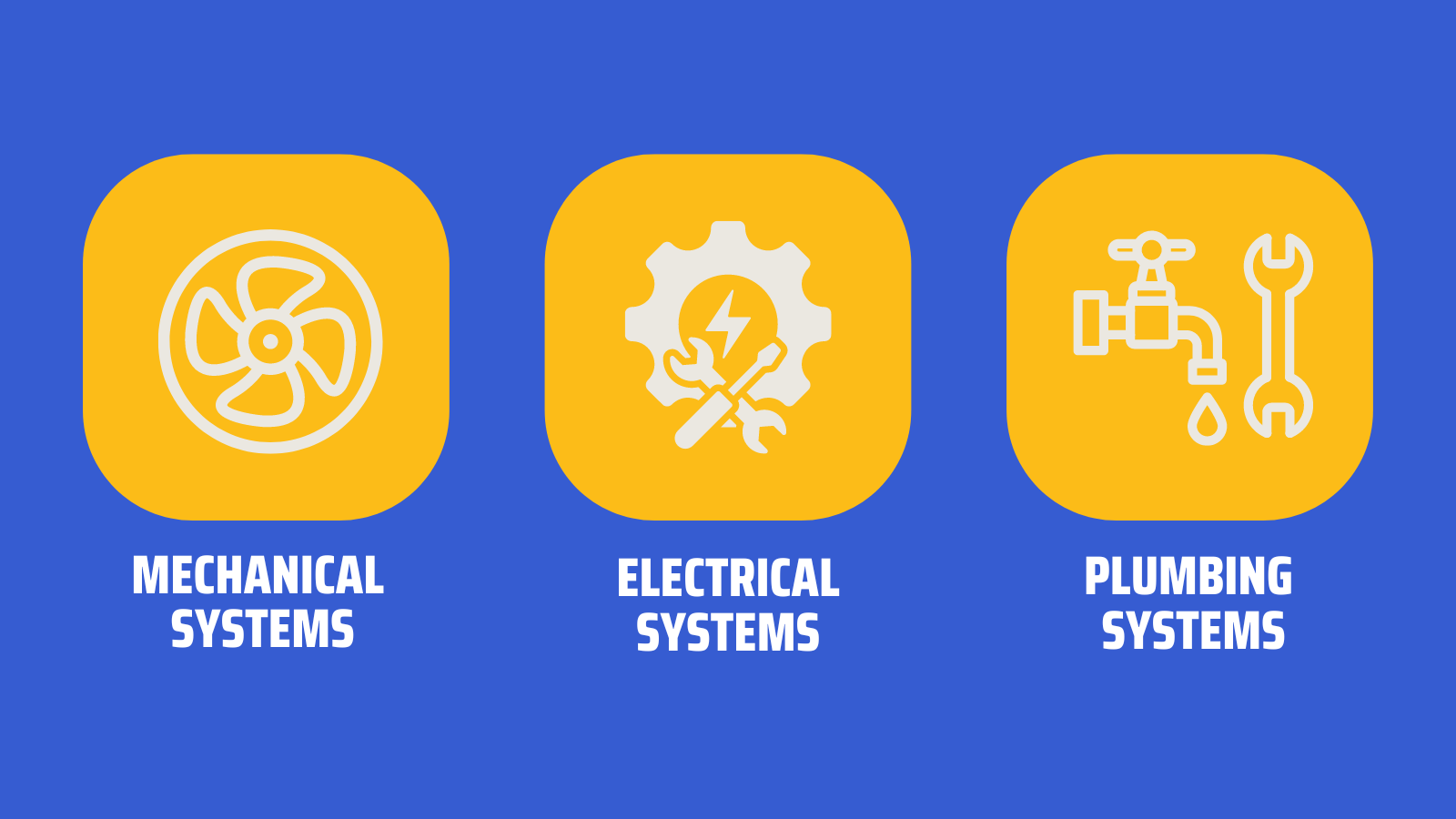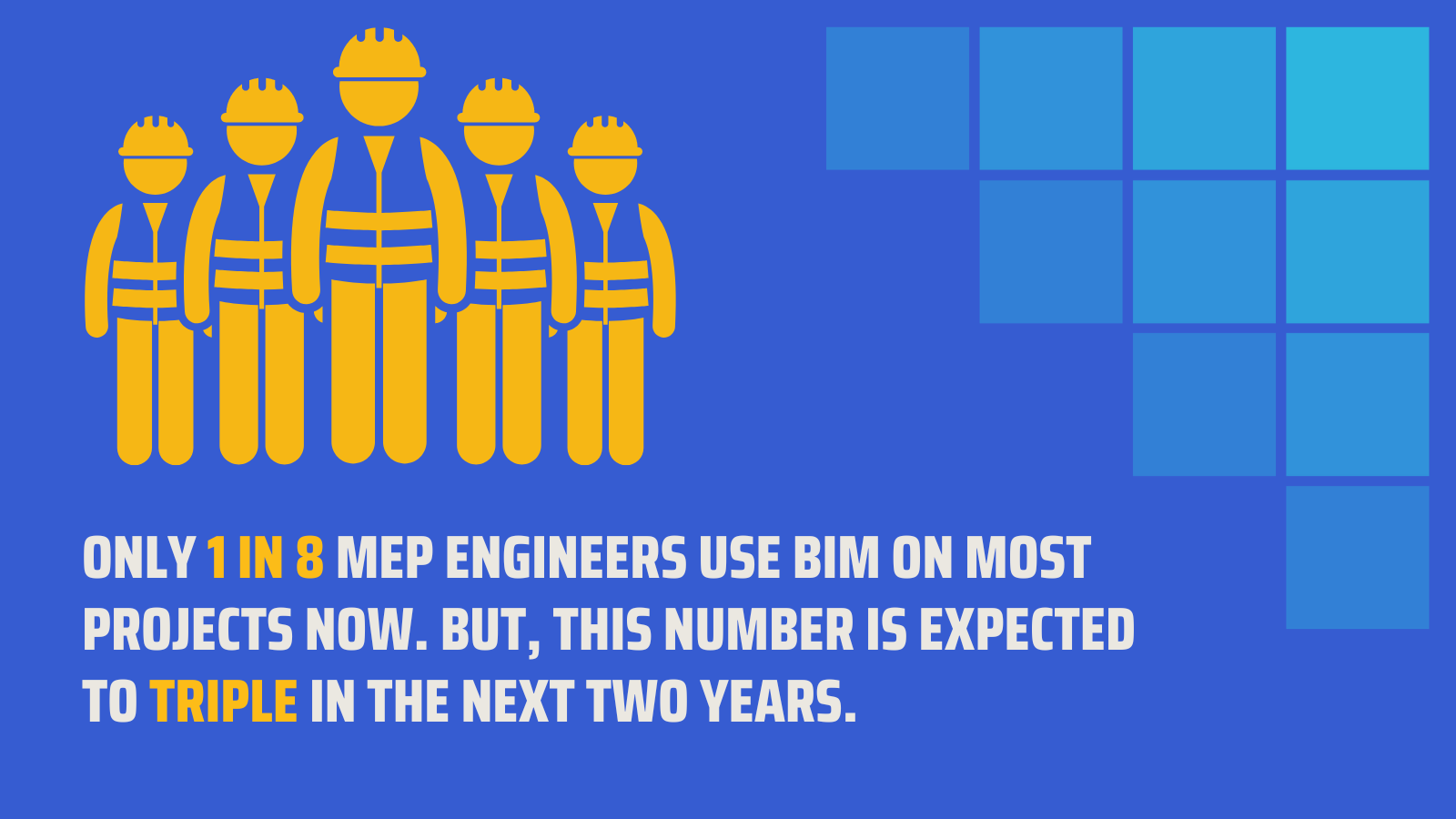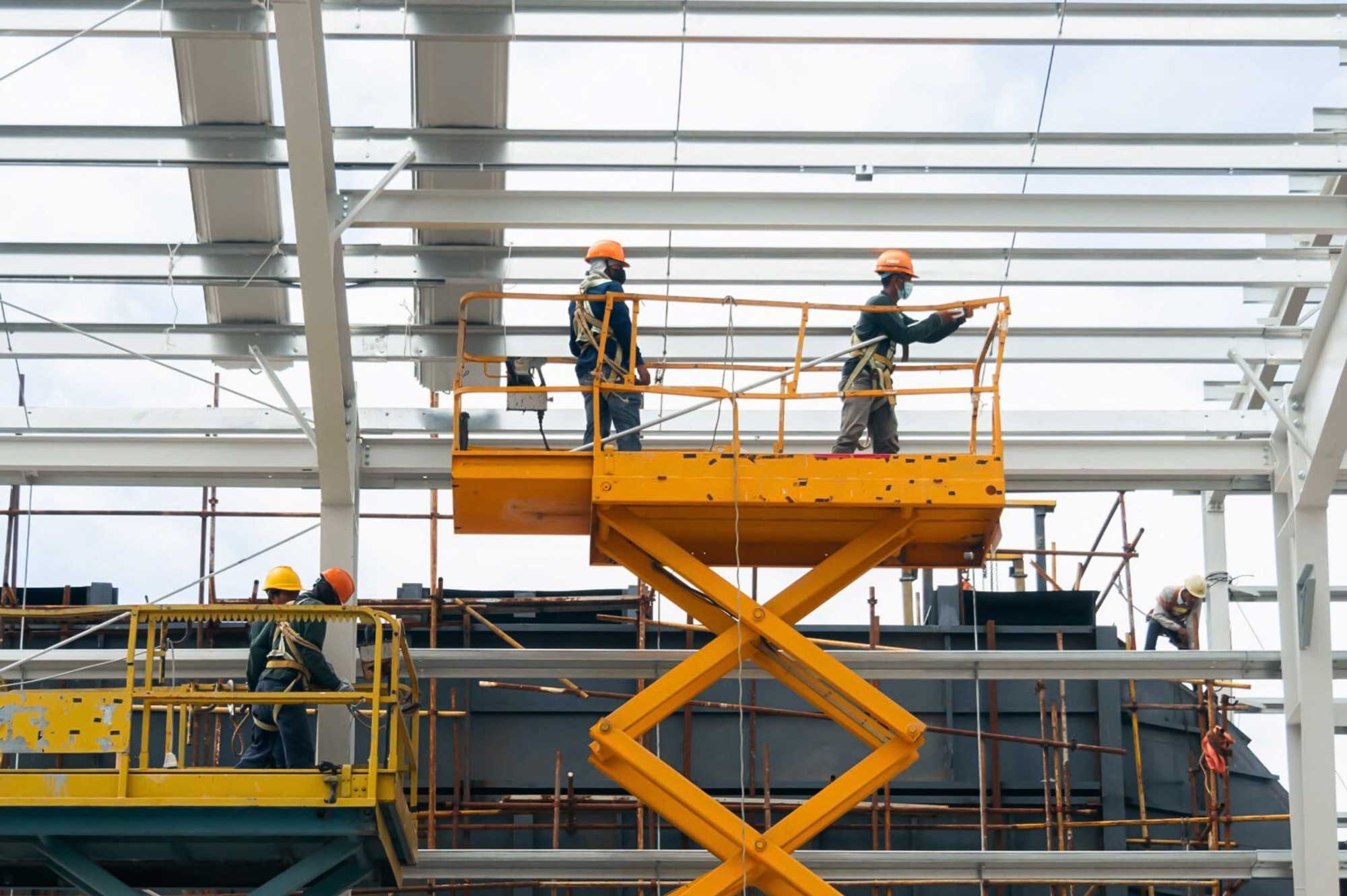What is MEP Engineering?
Mechanical, Electrical, and Plumbing (MEP) engineering is the unseen force that brings buildings to life. This essential discipline extends beyond mere construction, ensuring that every system within a building operates seamlessly and efficiently. From design and installation to maintenance, MEP engineering provides the crucial infrastructure that supports modern life within any structure.
MEP engineers are the unsung heroes who transform architectural blueprints into vibrant, functional spaces. They meticulously integrate systems such as heating, ventilation, air conditioning (HVAC), plumbing, and electrical components, crafting environments where people can truly thrive. By considering the intricate interplay of these systems from the outset, MEP engineers optimise building performance, enhance occupant comfort, and drive the overall success of construction projects.
In the world of construction, MEP engineering is indispensable. It bridges the gap between visionary architecture and practical implementation, ensuring that a building is not just a structure, but a dynamic space designed for living, working, and thriving. Whether it’s a skyscraper, hospital, or home, the role of MEP engineering is vital in creating spaces that are not only efficient and safe but also tailored to the needs of their occupants.
The Significance of MEP Engineering in Today's Construction Landscape
In today's complex and dynamic construction environment, MEP engineering has emerged as a cornerstone discipline. It is no longer merely about installing pipes and wires; it's about creating intelligent, sustainable, and efficient buildings. By integrating cutting-edge technologies and sustainable practices, MEP engineers are driving innovation and shaping the future of construction.
What are the Core Components of MEP Engineering?

To fully appreciate the significance of MEP engineering, it’s essential to delve deeply into its three primary components, each crucial to the integrity and functionality of modern building infrastructures:
- Mechanical Systems: Mechanical systems encompass a wide range of components that ensure a building's functionality and comfort. This includes HVAC systems for temperature and air quality control, plumbing systems for water supply and waste removal, and other vital elements such as fire protection, ventilation, and transportation systems (elevators, escalators). Effective mechanical system design optimises energy efficiency, occupant comfort, and safety.
- Electrical Systems: Electrical systems power the building’s operations, from lighting and outlets to complex equipment and machinery. Challenges in electrical design encompass power distribution, load calculations, safety compliance, and integration of smart technologies. To overcome these challenges, electrical engineers must stay updated with the latest electrical codes and standards while considering energy efficiency and sustainability.
- Plumbing Systems: Plumbing systems provide clean water supply and efficient wastewater removal. Challenges in plumbing design include water pressure, pipe sizing, waste management, and compliance with plumbing codes. Addressing these challenges requires a thorough understanding of hydraulics, materials, and local regulations.
What are the Advantages of Expert MEP Engineering?
Beyond addressing design challenges, MEP engineering provides a multitude of significant benefits that greatly enhance the overall value and functionality of a building. These advantages not only improve the immediate usability and comfort of the space but also contribute to long-term sustainability and cost-effectiveness:
- Energy Efficiency: MEP engineers design systems that optimise energy consumption, reducing operational costs and environmental impact.
- Improved Indoor Air Quality: Proper ventilation and filtration systems contribute to healthier indoor environments, enhancing occupant well-being and productivity.
- Enhanced Occupant Comfort: Precisely controlled temperature, humidity, and lighting create comfortable and productive spaces.
- Increased Building Lifespan: Well-designed and maintained MEP systems extend the building's lifespan by preventing premature equipment failures.
- Cost Savings: Early involvement of MEP engineers can identify potential cost-saving opportunities and avoid costly rework.

Navigating the Pitfalls of Designing MEP Integrations
Despite its importance, the design phase of MEP integrations often witnesses oversights, leading to inefficiencies. Given the complex nature of MEP services—which now incorporate fire safety mechanisms, control units, process piping, and data communication—it's imperative for architects and MEP technicians to adopt a careful approach from the outset. Adhering to a well-considered checklist can drastically reduce the risks of errors and reinforce confidence in every project detail.
What are the Proactive Steps to Ensure MEP Design Efficacy?
Before breaking ground on any project, it’s advisable to have your MEP design rigorously reviewed by an experienced MEP company. This pre-construction analysis not only helps in achieving a successful project delivery but also prevents costly delays. The initial phase typically involves assessing the scope of services required, a critical step in which technology becomes deeply integrated into every facet of the building, enhancing the client's value by delivering a functional and cost-effective structure.
Understanding and Addressing Common Design Challenges
The advent of sophisticated technologies enables precise identification of suitable equipment sizes early in the design phase, a critical component of MEP works in construction. This step addresses spatial requirements essential for accommodating the equipment without compromising design integrity or system functionality. However, challenges such as improper equipment placement can necessitate structural modifications, potentially leading to significant cost increases and delays. Early detection through careful planning and analysis by skilled MEP technicians can alleviate these issues.
Early Involvement of MEP Engineers and Stakeholders
Engaging building owners from the project’s inception is crucial. Early involvement ensures that the design aligns with client expectations, thereby reducing the likelihood of extensive revisions. This collaboration is particularly beneficial in MEP projects, where initial analyses provide a realistic projection of costs and potential modifications. Such proactive engagement helps in making informed decisions early, significantly enhancing the project's value and reducing future complications.
Addressing Pre-Existing Conditions and Ensuring Compliance
Every building project must comply with local and state codes, which require thorough pre-construction evaluations of existing structures. These assessments, a key part of MEP engineering services, help in identifying potential limitations posed by pre-existing conditions, such as structural issues or environmental hazards like mould or asbestos. Understanding these constraints early can guide the design process, ensuring that MEP integrations are both feasible and compliant.
Leveraging Advanced Design Tools
Leveraging Building Information Modelling (BIM) creates a comprehensive digital representation of the building and its MEP systems, offering significant advantages. This virtual environment facilitates improved visualisation, coordination, and analysis, enabling early identification of clashes, optimised design decisions, and enhanced collaboration among stakeholders.
Modelling larger elements such as duct systems and air handlers are approachable options, while smaller elements such as electrical switches and outlets might prove more challenging. A report stated that among BIM users, 1 in 8 MEP engineers utilise it on more than 60% of projects today. That level of involvement is expected to almost triple in two years.

Ensuring Team Coordination
Effective communication and coordination among all team members are crucial for the seamless integration of MEP systems. This collaborative approach should ideally span across MEP engineers, contractors, MEP technicians, and project managers to ensure that every aspect of the project aligns with the planned outcomes. Regular updates and synchronised efforts help in maintaining project timelines and compliance with technical specifications.
Evaluating the Cost-Benefit Ratio of MEP Designs
In contemporary construction practices, MEP designs should yield a cost-benefit ratio that justifies the investment. The integration of modern technologies not only enhances the functionality of building systems but also extends their operational lifespan, thereby offering significant long-term benefits. It is essential for the architectural and engineering teams to collaborate closely to ensure that the project meets both client expectations and regulatory standards.
Conclusion
Creating an effective design for MEP projects requires a comprehensive understanding of technical requirements, industry standards, and collaborative processes. By adhering to the outlined strategies and maintaining ongoing communication among all parties involved, construction teams can significantly enhance the likelihood of project success.
By understanding these dynamics and preparing adequately, teams can navigate the complexities of MEP engineering to achieve superior, cost-effective, and compliant construction outcomes.
About us
As a leading provider of construction consultancy services, we specialise in streamlining workflows and supporting informed decision-making throughout the project lifecycle. Our expertise spans a comprehensive range of services, including MEP engineering services, ensuring that every project is backed by technical excellence and innovative solutions.
Empower your projects with our MEP engineering support services at Stonehaven. From innovative solutions to careful execution, trust us to deliver superior project performance that meets the highest standards of quality and efficiency.
Visit our services page to learn more about our comprehensive range of services or get in touch below to discover how we can improve the cost-effectiveness of your construction projects.








